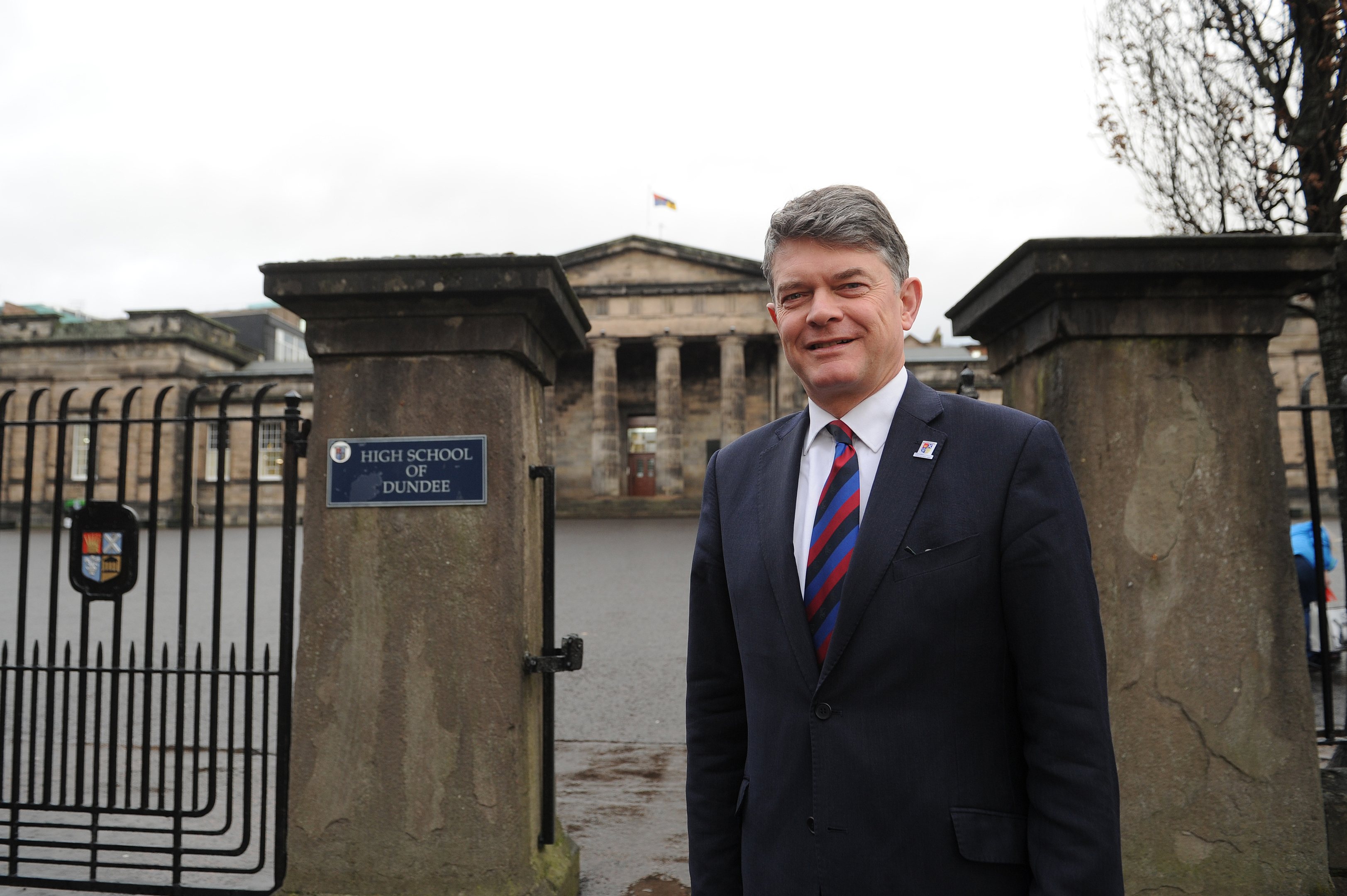Private schools stand to lose £37 million in what a Dundee headteacher has called a “vindictive” attack on education.
The Scottish Government published its draft business rates legislation on Tuesday, which aims to make the system fairer.
It removes charitable relief for mainstream independent schools, leading to an outcry from the sector.
The direct annual cost of withdrawing tax breaks for private schools has increased from the £5m estimated by the Barclay review in 2017 to more than £7m, according to the bill’s financial memorandum.
That amounts to £37m over the first five years of the legislation coming into force, between 2020 and 2025.
Dr John Halliday, the Rector of the High School of Dundee, said the bill is a “clear example of a state that has no interest in the furtherance of education”.
“To punish independent schools in this way is entirely vindictive,” he said.
“It will not save the state money. It will not close the attainment gap. It will not raise the standards in local authority schools. On the contrary.
“I call on all those who have the true values of Scottish education at heart to reject this appalling bill.
“We want to work with educationalists to help resolve the many issues in Scottish education.
“Bullying the independent sector is not the way forward.”
John Edward, of the Scottish Council of Independent Schools (SCIS), said it is “simply not true” that independent schools are “full of the super-rich”.
“Every pupil that leaves the independent sector will cost taxpayers and add pressure on the (education) system,” he added.
“Our view is that this is just unfair and it will have to come from either parents paying more fees, cutting bursaries, getting rid of teachers or selling assets.”
The Scottish Government commissioned former RBS chief Ken Barclay to investigate the rates regime in 2016.
Many of his recommendations, which tackled flaws and discrepancies in the system, are included in the Non-Domestic Rates (Scotland) Bill.
As it stands, independent schools with charitable status only have to pay 20% of their rates bill and local authorities have discretion to charge them nothing at all.
Unveiling the bill, the Scottish Government said the changes are being made to ensure a level playing field with state schools, while protecting private institutions that support those with additional support needs, for example.
“Local authority schools do not qualify for charitable relief and generally will pay rates,” the government said.
“Whilst the Scottish Government agreed with the Barclay Review Report that this is unfair and that this inequality should end by removing eligibility for charity relief schools from independent schools, the Scottish Government considers this change should apply to mainstream independent schools only.”










